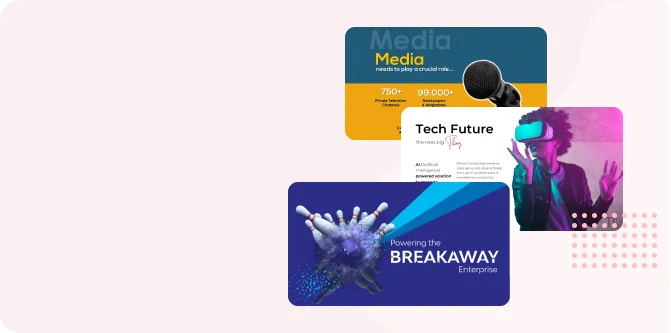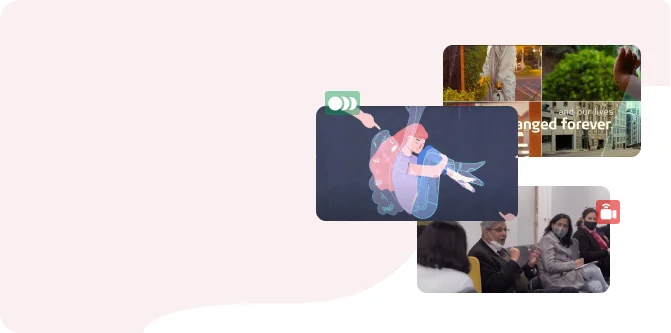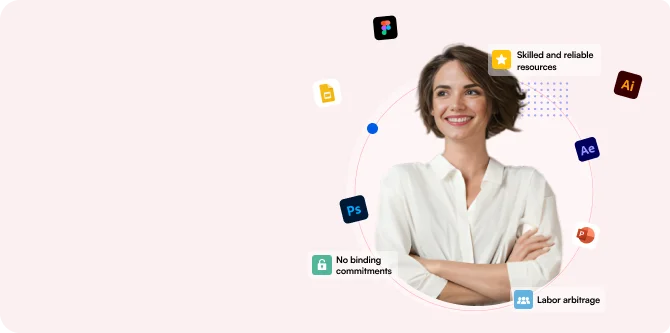As a follow-up to our previous blog HOW MICKEY MOUSE CAME TO OUR LIVES WITH 2D CHARACTER ANIMATION, this one will talk about the different types of 2D animation for all the lovers and enthusiasts of this animation form.
Cel or Traditional Animation
As the name suggests, a traditional form of animation where each frame is drawn by hand. Some traditional 2D animation studios use this technique where the objects are redrawn in each transparent sheet material called celluloid (where the name cel comes from).
We can categorize Cel Animation further, of how it evolved from various stages.
Digital Animation
Here drawings are drawn straight into the computers without doing it on paper.
Path Animation
Very simple and easy to learn. In Path Animation an object moves along the lines of a predetermined path on the screen. It could be in a straight lines or a road full of curves. Usually the object may be resized or reshaped but the its form does’nt change.
Stop Motion Animation
Falls more under the category of 3D Animation, works equally well with 2D objects such as photos and illustrations.
Sand Animation
An interesting technique where each frame is created by moving sand around on a back or front lighted piece of glass. The light contrast results in amazing effects in the animation.
Cut-out Animation
Another very traditional technique, pieces of paper or card fabrics are cut out, placed under a glass. The cut outs is slowly placed inside frames.
Various methods of Animation
Onion Skinning – Cel animation is mainly created by using Onion skinning. A faint outline of the previous cel can be seen and changes for the next cel can be taken from here.
Tweening – The word originates from “in between”. Only the first and the last cel of an animation is selected and the rest of the in-between cels are calculated by the animation program.
Rotoscoping – Live video is traced to create realistic movement. Frames are traced singularly then the reel footage is removed leaving behind just the traced drawings.
These are some the 2D techniques used by various animated video companies and entertainment industry to bring to life remarkable characters and illustrious animated concepts.




